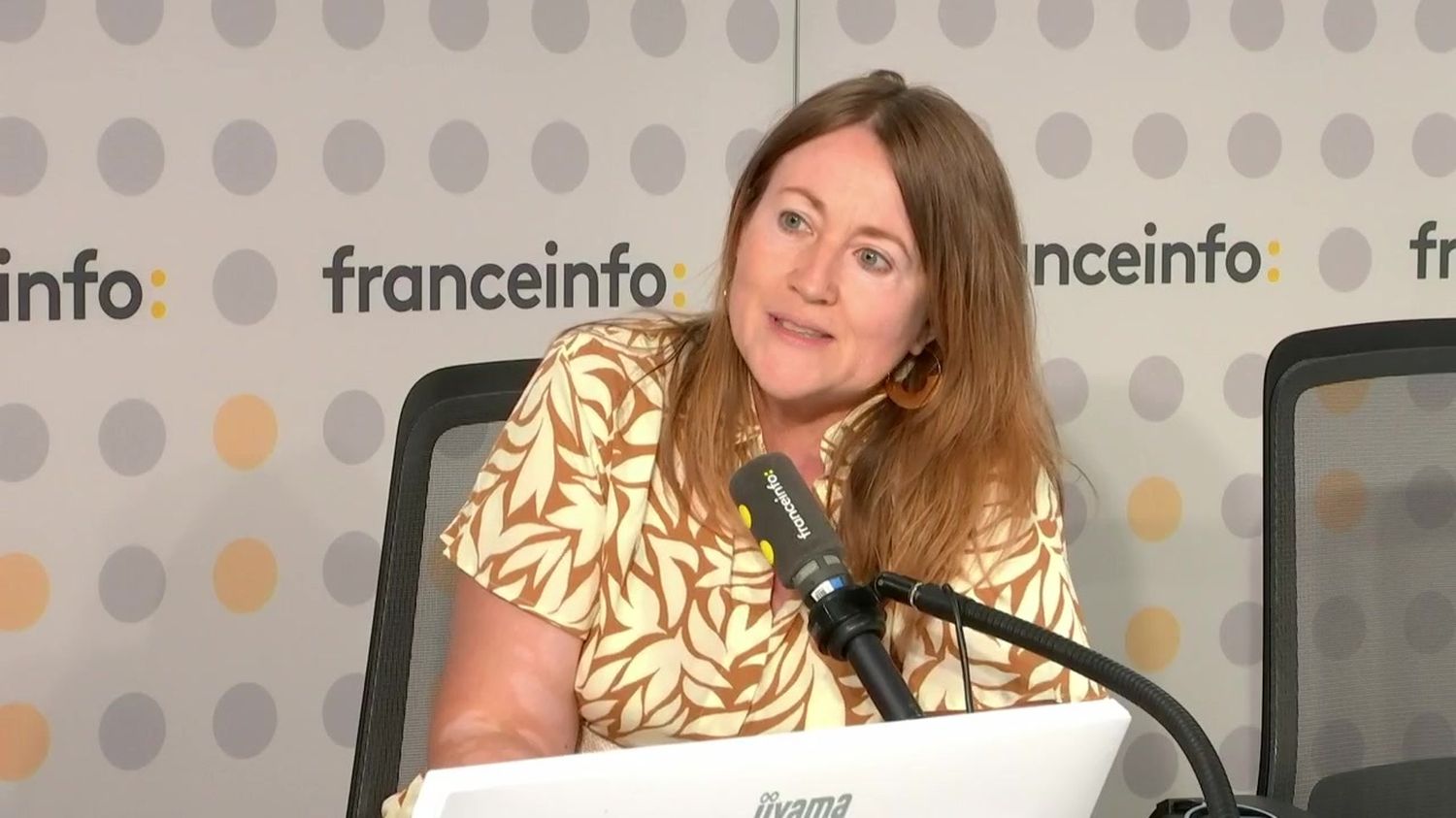While 25 departments were placed on orange heat wave and/or storm alert on Tuesday July 11, the president of the National Council of the Order of Architects regrets on franceinfo that the cities were not sufficiently prepared to face the high heat.
Part of France is suffering from intense heat on Tuesday July 11: 25 departments are placed on orange heatwave and/or thunderstorm vigilance. Christine Leconte, president of the National Council of the Order of Architects, guest of franceinfo, assures that “we built a lot of cities for the car and not enough for the man“.
The one who co-hosted a working group on ecological transition within the framework of the National Council for Refoundation pleads for finding a better balance between “city and nature” in order to “ensure quality of life“, especially in periods of high heat. There is really a subject which is the balance between city and nature to guarantee the quality of life.
franceinfo: Our cities are made of concrete and asphalt, aren’t these the worst materials to deal with the heat?
Christine Leconte : It’s actually not terrible as materials, because we have phenomena that are related to the reflection of light and heat. It is estimated that in town, the temperature is at least four degrees higher than in a rural area, even up to twelve degrees at night. It’s a huge differential that could be mitigated if we worked with other materials. We really have to find a balance in the construction of cities. For us too, a city that has noise, that has pollution is less pleasant. In fact, many cities have been built for cars and not enough for people.
Faced with a housing crisis, new housing must be built. Where are we going to find them?
We can find them, we have wastelands, less dense neighborhoods. We can make a softer densification. This does not mean that we are going to go up in height, but we are going to work on other architectural typologies while preserving nature. Then, there is really a subject which is the balance between city and nature to guarantee the quality of life. Finally, we must think about the quality of our homes, especially in times of heat wave for example, necessarily building through apartments to allow us to be able to open our windows in order to produce this famous current of air which allows us to find it bearable without having to need to resort to one of the tools which is very harmful for the heat wave, the air conditioning. Today, it is necessary to air-condition certain places and avoid air-conditioning others by finding much more natural solutions, and which exist.
Is this the end of concrete in architecture?
I won’t be so categorical. But yes, we need to diversify our approaches to materials much more. It is necessary to know how to look at the existing materials near our home, in order to limit the greenhouse gases linked to the supply of raw materials. It’s a whole short circuit that must be put in place through a new way of thinking about architecture and the making of the city, by looking at what we have. If we have a forest, let’s work with it, if we’re lucky enough to have a landscape, let’s integrate this landscape into the fabric of the city. Generic cities are a thing of the past, it’s the 20th century.
But using local materials is much more expensive. What should be done to control manufacturing or renovation costs?
Sectors need to be developed. The difference is that instead of looking for Chinese granite, we will work with Breton granite. So of course, it looks a bit surprising. But we are also going to recycle a lot, reuse a lot, reuse, stop throwing away. We have more than a million and a half materials each year that are thrown into the building, so we have a lot of waste. We can work differently to enable the construction sector to reduce its impact, which today in France represents more than 29% of greenhouse gas emissions with concrete. We need to work on the architecture of the solutions, we know how to do it. Now it needs to be implemented on a large scale.
We must also massively renovate our buildings. Is the Ma Prime Rénov’ system, which supports the most modest households in their energy renovations, suitable?
You are right, rehabilitation is the city of tomorrow. We have a massive challenge to rehabilitate, to renovate. However, you absolutely must not limit yourself to thermal renovation linked to winter comfort, i.e. lower your heating, have lower electricity consumption, etc. Today, we see that we must also be on comfort in summer. It is even this that must be given priority. Consequently, the Ma Prime Rénov’ system must be more global, the system must focus more on the “strategic” aspect of the building. It is necessary to know for example the state of the building before asking anything. There are really case-by-case approaches and depending on the age of the building.
